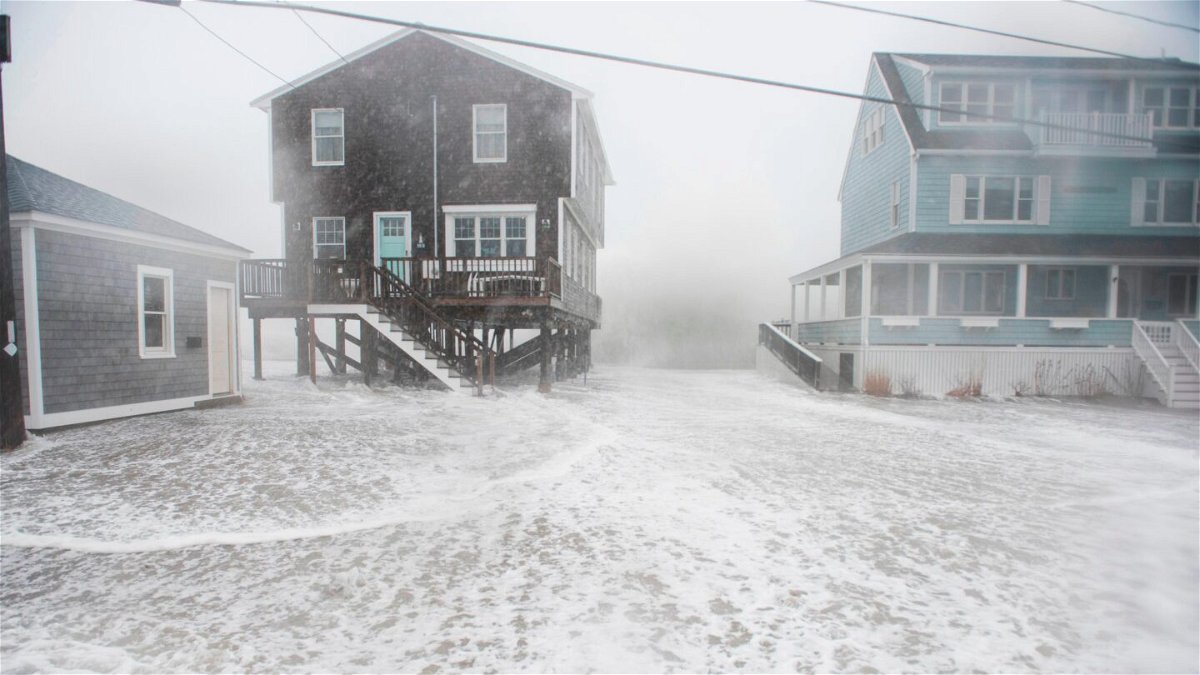Why coastal communities should fear storm surge

Almost half of all deaths from tropical cyclones come from storm surge. While many people focus on the wind speed of storms
By Steve Almasy and Dakin Andone, CNN
Almost half of all deaths from tropical cyclones come from storm surge.
While many people focus on the wind speed of storms, the danger often comes from the water flowing in from the ocean.
Privately, you may be wondering (and you wouldn’t be alone): “What exactly is storm surge?”
“A storm surge is a rise in water level caused by a strong storm’s wind pushing water on-shore,” said CNN meteorologist Brandon Miller. “The wind literally piles up the ocean water and pushes it on the land.”
All that water has nowhere to go
Storm surge also can exacerbate flooding. As the water piles up along the coast, rivers and streams that typically drain into the ocean can become clogged farther upstream, forcing water levels to rise.
That water doesn’t just leave. Depending on how much water was pushed ashore and the area’s watershed, it may hang around, causing further damage to communities.
Due to climate change, storm surge has become an even greater threat in recent years.
“Sea levels have risen in most places by about 1 foot over the past century. The higher baseline ocean level allows storm surges to reach even higher, increasing their destructive capabilities,” Miller said.
The National Weather Service in a 2014 report said that most surge deaths occurred in Hurricane Katrina and several other big, powerful storms. In a majority of storms, excessive rainfall that leads to drownings is the leading cause of death.
‘Reverse’ storm surge
One interesting phenomenon that can take place during strong storms is known as “reverse storm surge.” This is where the water actually recedes away from the shoreline back into the ocean as winds push water out of shallow areas.
Just before landfall, the water recedes along the coast, exposing land that was usually under water.
Ultimately that water comes back onshore with much greater force and inundating coastal communities.
This can be dangerous because people will often go out to the bare or uncovered land to take photos, grab seashells, etc. But the water can come back in just as quickly as it went out and people are often caught off guard.
The-CNN-Wire
™ & © 2022 Cable News Network, Inc., a Warner Bros. Discovery Company. All rights reserved.
CNN’s Brandon Miller, Gene Norman, Judson Jones and Emily Smith contributed to this report.